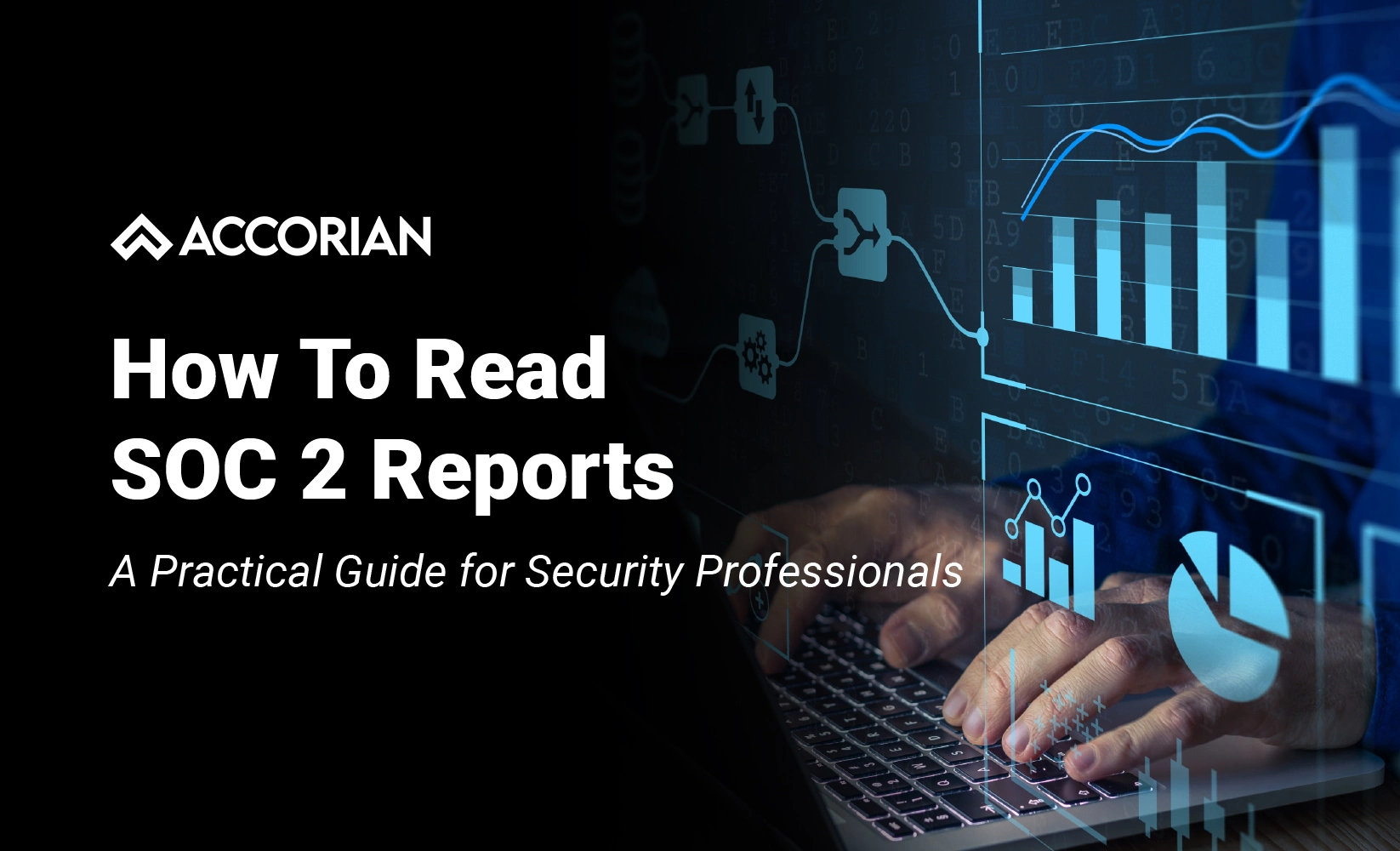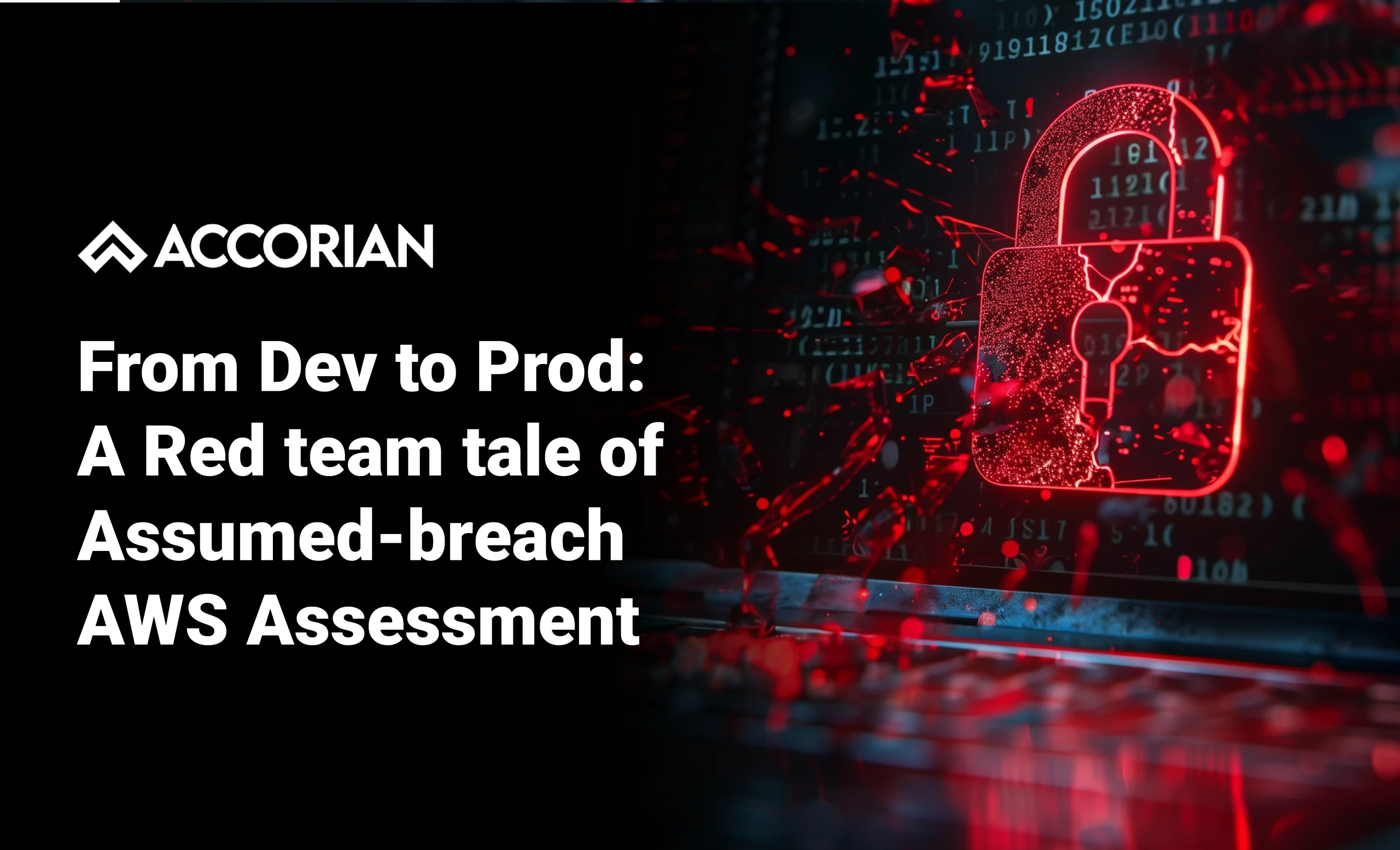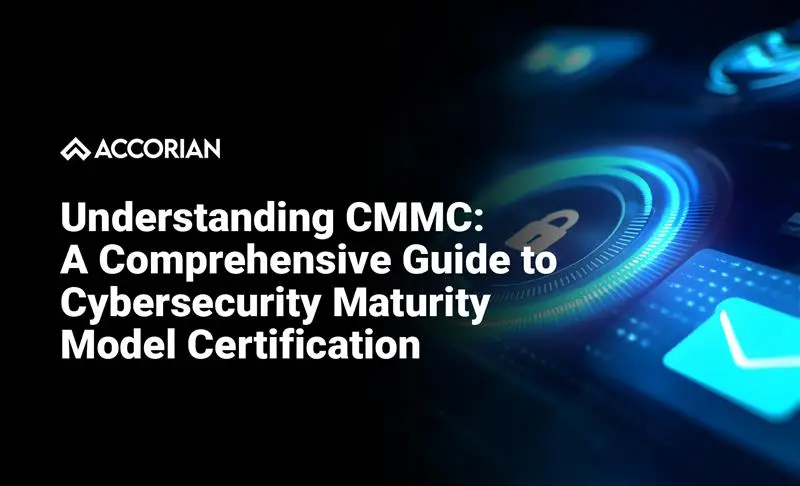A Practical Guide for Security Professionals
If you work in governance, risk management, and compliance (GRC), chances are you’ve encountered SOC 2 reports more times than you can count. These reports have become the gold standard for evaluating how well service organizations handle their security and operational controls. Yet, despite their importance, many professionals struggle to extract the most valuable insights from these comprehensive documents.
Developed by the American Institute of Certified Public Accountants (AICPA), the SOC 2 framework evaluates organizations across five key areas: Security, Availability, Confidentiality, Processing Integrity, and Privacy. While this sounds straightforward, the actual reports can be dense and complex. This guide breaks down the essential sections and offers practical techniques to help GRC professionals navigate SOC 2 reports with confidence and precision.
1. Management’s Assertion: Foundation of Trust
Every SOC 2 report begins with management’s assertion, which serves as far more than a simple system description as it represents the organization’s formal commitment to its operational capabilities and control environment. The service organization’s formal attestation sets the tone for the report. It covers:
- System Description Accuracy: Management affirms that the documented system architecture, processes, and boundaries reflect actual operations.
- Control Design Suitability (Type I): Controls are declared to be appropriately designed to meet stated objectives and mitigate identified risks.
- Operational Effectiveness (Type II): For Type II reports, management asserts that controls functioned consistently over the audit period (typically 6–12 months).
Review Tip: Look for specificity and measurable claims. Vague or boilerplate language may signal weak governance or limited transparency.
2. Auditor’s Opinion: Independent Validation
The auditor’s report is the heart of the SOC 2 document. It provides an objective assessment of management’s claims and is critical for risk evaluation. The CPA firm’s opinion provides third-party assurance. Key evaluation pointers are:
- Purpose and Importance: The auditor’s report provides an independent and objective assessment of management’s assertions, serving as the core validation mechanism within the SOC 2 document.
- Unqualified Opinion: It affirms that the system description is accurate and that the controls are appropriately designed and functioning as intended. This is considered the strongest form of assurance.
- Qualified Opinion: It highlights specific, material issues that may affect certain controls but are not pervasive enough to compromise the entire system’s integrity.
- Adverse Opinion: It highlights pervasive control deficiencies that significantly erode confidence in the organization’s governance and risk posture. This requires immediate attention and may indicate serious governance gaps.
- Disclaimer of Opinion: It signals that the auditor could not obtain sufficient evidence to render a conclusion. This often raises concerns about organizational transparency, audit readiness, or cooperation levels.
Review Tip: Always examine the nature and justification behind the opinion type. Reservations, scope limitations, or disclaimers warrant deeper investigation before proceeding with vendor engagement or risk clearance.
3. System Architecture: Operational Context
This section offers the most practical insights for day-to-day risk management. It outlines the technical and operational landscape and maps services to the Trust Services Criteria. This section outlines the technical and operational landscape:
- Service Infrastructure: Cloud platforms, data centres, and network topology.
- Data Processing Workflows: How data flows through the system and where key controls apply.
- Third-Party Dependencies: Subservice organizations and outsourced components.
- Technology Stack: Applications, databases, and middleware in scope.
Review Tip: Map dependencies to potential exposure points, especially where controls rely on third-party assurances.
4. Control Environment: Core Evaluation
This is the technical heart of the SOC 2 report. Type II reports include testing results over time, and they focus on:
- Control Objectives & Trust Services Criteria: Controls should align with Security, Availability, Confidentiality, Processing Integrity, and Privacy.
- Security Measures: Access controls, encryption, monitoring, and incident response.
- Testing Results (Type II): Look for exceptions, frequency, severity, and remediation status.
Review Tip: Cross-reference controls with your organization’s risk thresholds and regulatory obligations.
5. Supplementary Information: Contextual Insights
Though unaudited, this section may include:
- Remediation Plans Management’s response to exceptions or gaps.
- Framework Crosswalks Mapping to ISO 27001, NIST CSF, or other standards.
Review Tip: Treat this section as directional, not definitive. Validate claims through direct inquiry or supporting documentation.
6. Strategic Use of SOC 2 Reports
To maximize value:
- Benchmark Across Vendors: Compare control maturity, exception rates, and audit scope.
- Identify Control Gaps: Assess whether missing controls pose unacceptable risks to your environment.
- Formulate Follow-Up Inquiries: Use findings to drive targeted questions, RFIs, or contractual requirements.
SOC 2 reports are not just compliance checkboxes, but they’re diagnostic tools. When read with intent, they reveal the operational DNA of your vendors and help you make informed, risk-aligned decisions.



